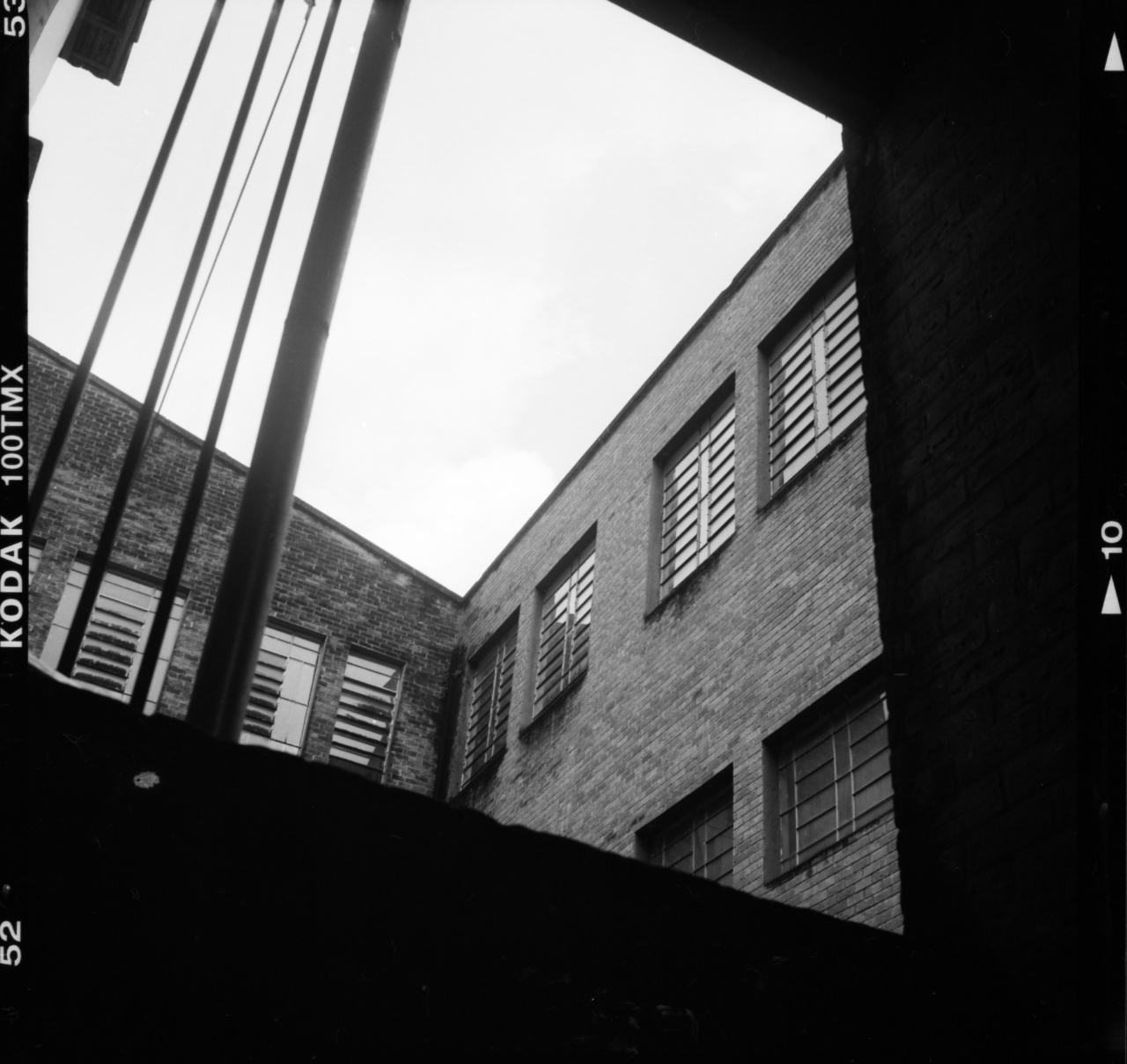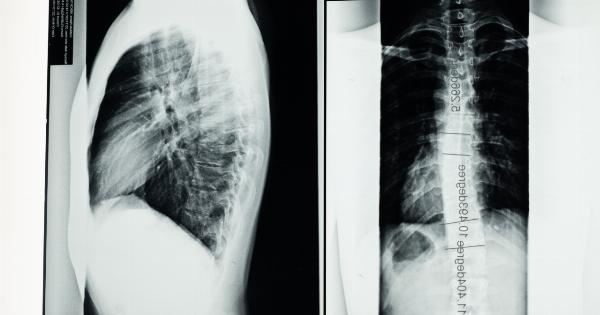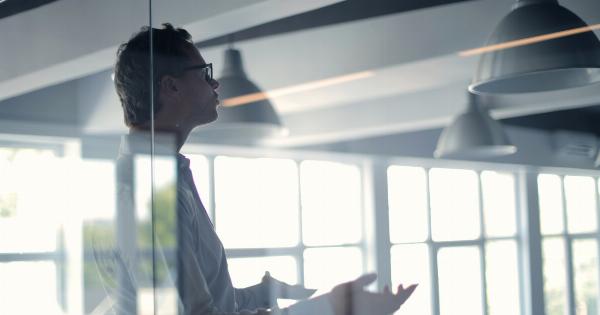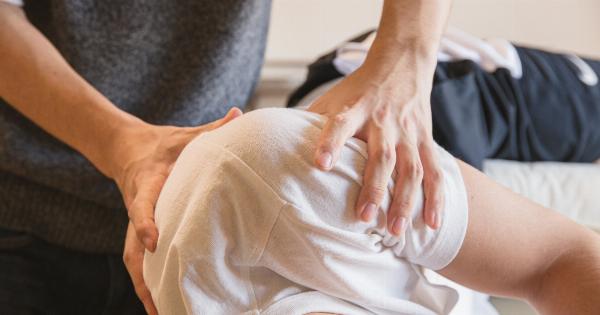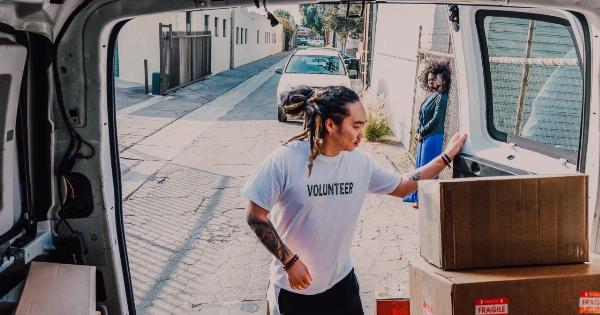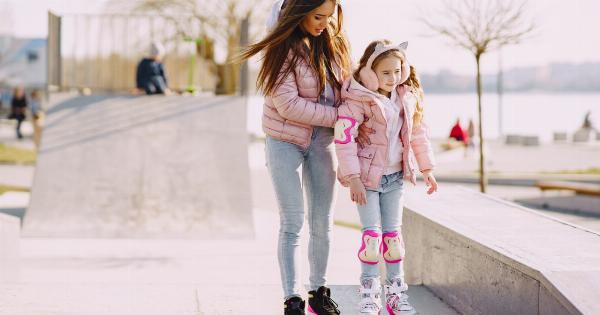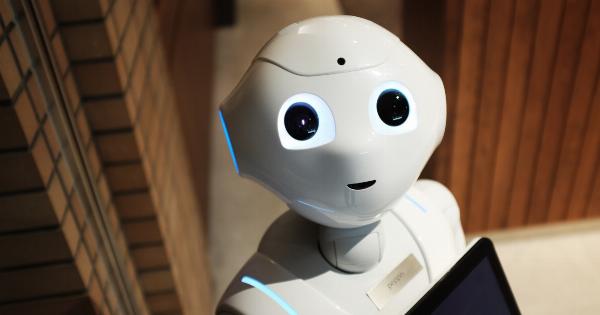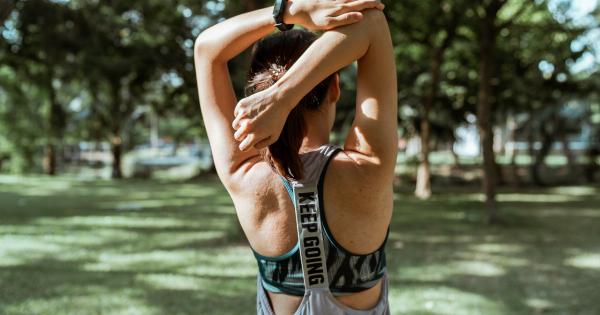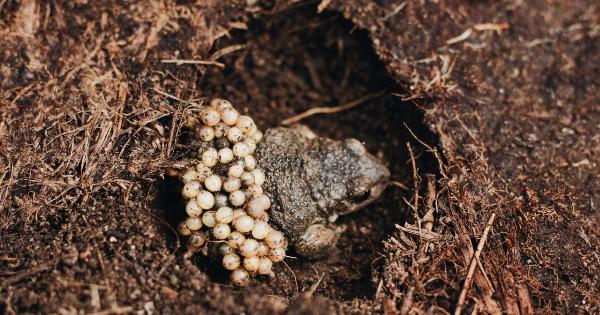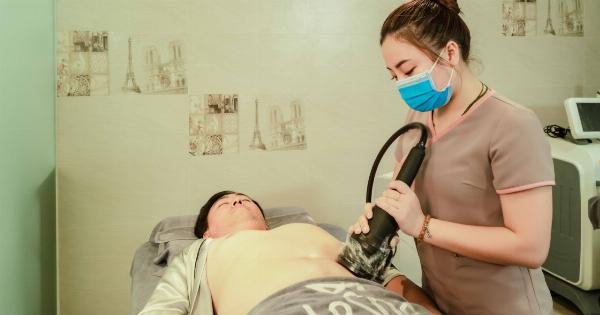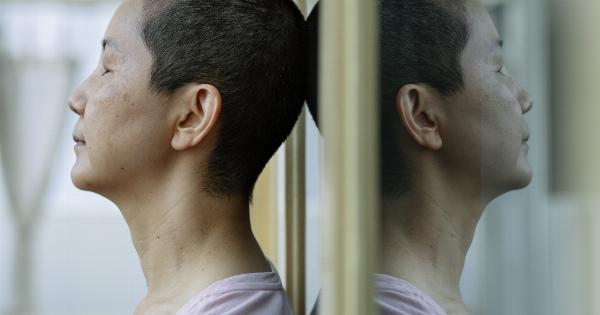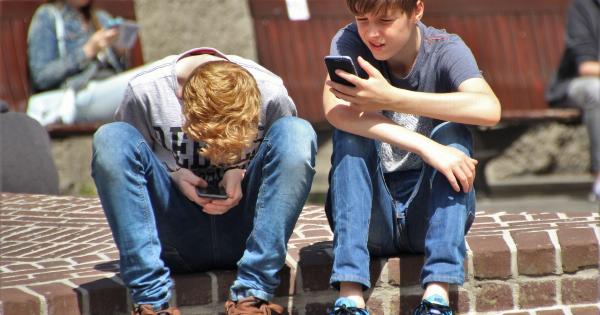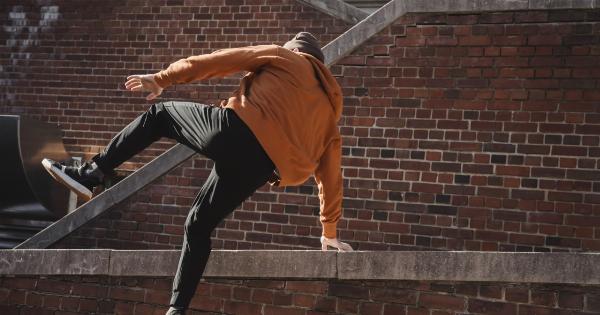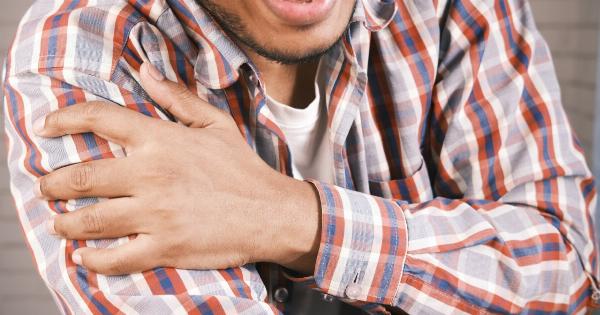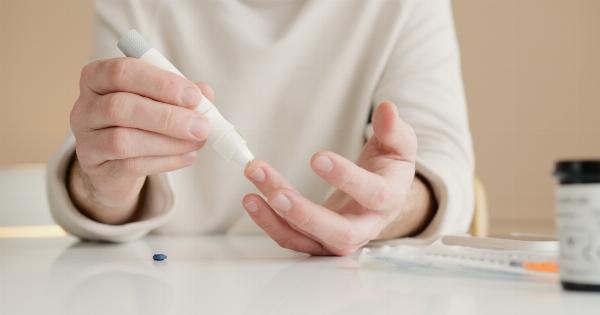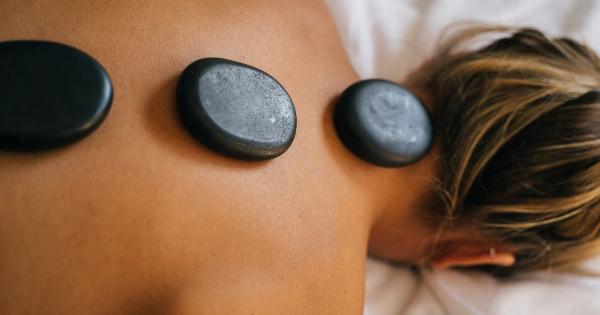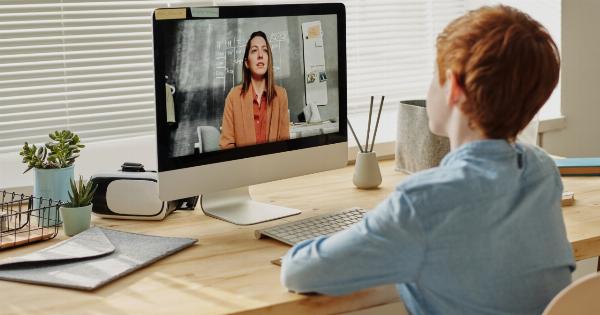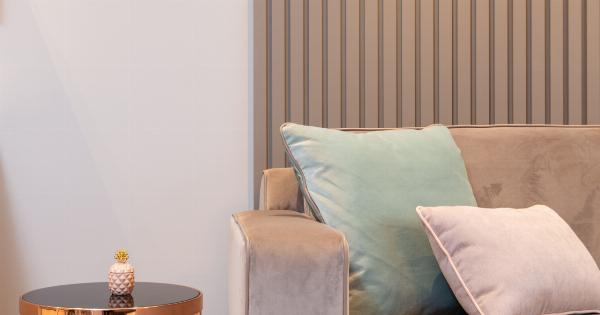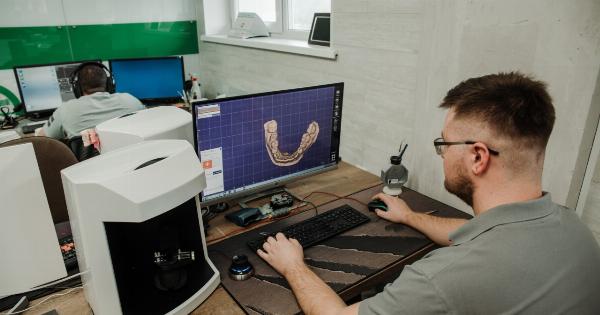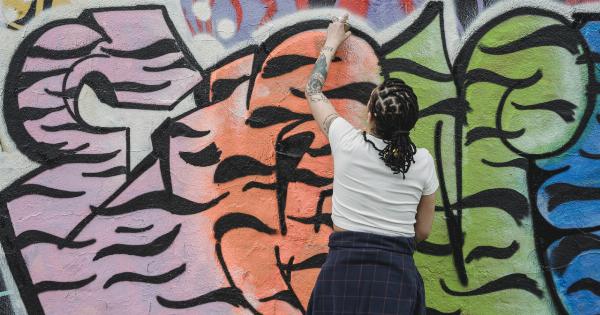Lordosis and scoliosis are two of the most common spinal conditions that affect individuals. Both conditions can lead to severe back pain and discomfort. However, these two conditions are entirely different from one another.
One of the best ways to determine which condition you have is by looking at pictures of the spine. In this article, we will discuss how to differentiate lordosis and scoliosis through pictures.
What is Lordosis?
Lordosis is a curvature of the spine that is characterized by an excessive inward curve in the lower part of the back. This condition affects the lumbar region of the spine, which consists of the five vertebrae below the ribcage.
To diagnose lordosis, doctors often use X-rays or MRI scans to examine the curvature of the spine. However, you can differentiate lordosis from a normal, healthy spine by looking at pictures. Here are some images that illustrate what lordosis looks like:.

In these images, you can see that the lower part of the back has an exaggerated curve.
This condition is often referred to as “swayback.” Most individuals with lordosis have a visible arch in their lower back, which can eventually lead to chronic back pain, discomfort, and difficulty standing up straight.
What is Scoliosis?
Scoliosis, on the other hand, is a curvature of the spine that is characterized by a sideways curve. Scoliosis can affect any part of the spine, including the neck, upper back, and lower back.
However, the most common form of scoliosis affects the thoracic region of the spine, which consists of the 12 vertebrae that make up the upper and middle back.
To diagnose scoliosis, doctors use the same methods as those for lordosis. However, the curves in scoliosis are much more complex and harder to detect. Here are some images that illustrate what scoliosis looks like:.


In these images, you can see that the spine is curved sideways in an “S” or “C” shape.
This curvature can have a varying degree of severity, and individuals with scoliosis often have one shoulder or hip that is higher than the other. They may also have difficulty standing up straight.
Differentiating Lordosis and Scoliosis
Now that you know what lordosis and scoliosis look like, it should be easier to differentiate between the two conditions. The most significant difference between these two conditions is the curvature of the spine.
In lordosis, the spine curves inward in the lower back, while in scoliosis, the spine curves sideways.
If you suspect that you have either of these conditions, it is important to seek medical attention as soon as possible. Your doctor can perform a physical examination and diagnostic tests to determine the exact type and severity of your condition.
Conclusion
Lordosis and scoliosis are two spinal conditions that can cause severe back pain and discomfort. However, these two conditions are entirely different from one another.
By looking at pictures of the spine, you can differentiate between lordosis and scoliosis. If you suspect that you have either of these conditions, it is essential to seek medical attention promptly.
